The world of transportation is on the brink of a revolution. Imagine hopping into your car and simply telling it where to go, while you relax or catch up on emails. This isn’t science fiction; it’s becoming our reality with self-driving cars. These vehicles promise to change how we travel, commute, and even live our daily lives. But how close are we to fully autonomous vehicles that can navigate without human intervention? As technology advances at lightning speed, let’s dive into the evolution of these futuristic rides and explore just how far we’ve come and what hurdles still lie ahead on this exciting journey.
The Evolution of Autonomous Vehicles
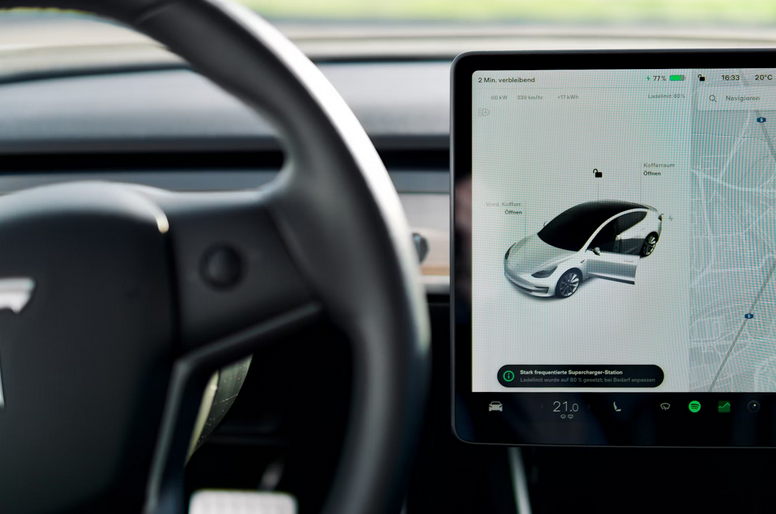
The journey of autonomous vehicles began in the 1920s with simple experiments. Early concepts featured radio-controlled cars that could navigate basic pathways. These initial attempts laid the groundwork for future innovations. Fast forward to the 1980s, when research institutions like Carnegie Mellon University created self-driving prototypes using advanced sensors and computers. These groundbreaking projects showcased the potential for machines to interpret their surroundings. In recent decades, technology has rapidly progressed. The advent of machine learning and artificial intelligence transformed how vehicles perceive and respond to their environment. Companies invested heavily in developing sophisticated algorithms capable of handling complex driving scenarios.
Current State of Self-Driving Technology
Self-driving technology has made significant strides in recent years. Today, several companies are actively testing autonomous vehicles on public roads. The advancements in machine learning and artificial intelligence play a crucial role in this progress. Sensors and cameras now provide real-time data to help cars navigate complex environments. These systems can recognize pedestrians, cyclists, and road signs with impressive accuracy. However, the technology isn’t flawless yet. Most self-driving cars still rely on human intervention for various situations like bad weather or unexpected obstacles. Regulatory frameworks also lag behind technological advances, creating further challenges for widespread adoption.
Benefits and Concerns of Fully Autonomous Vehicles
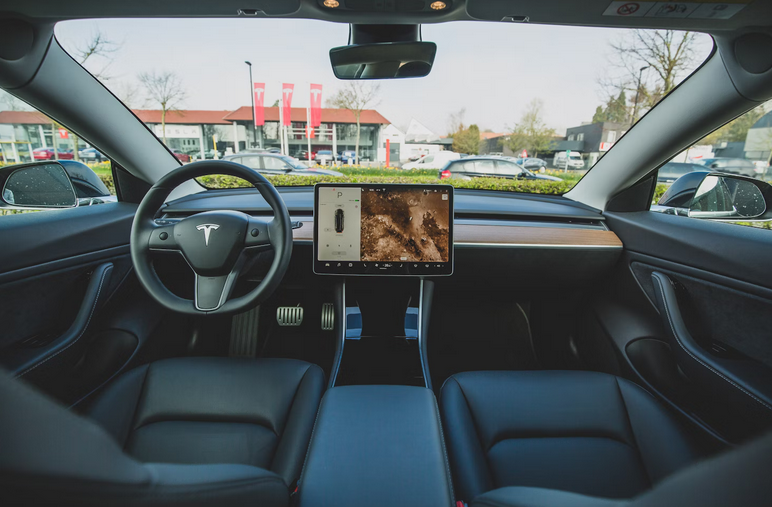
Fully autonomous vehicles promise a transformative shift in transportation. Imagine cars that can navigate traffic, obey traffic signals, and respond to the environment without human input. This could lead to significantly reduced accidents caused by human error. Moreover, with self-driving technology, we could see increased mobility for those who currently struggle to drive such as the elderly or disabled. This opens up new possibilities for independence and freedom.
Obstacles and Challenges in Achieving Full Autonomy
Achieving full autonomy in self-driving cars is no small feat. Numerous obstacles stand in the way, from technological limitations to regulatory hurdles. One major challenge lies in artificial intelligence. Current systems struggle with complex environments and unpredictable human behavior. Navigating through crowded city streets or inclement weather remains a significant hurdle for developers. Moreover, public safety concerns loom large. Accidents involving autonomous vehicles raise questions about liability and accountability. Society needs reassurance that these vehicles will operate safely amid an array of driving conditions.
Companies Leading the Way in Self-Driving Technology
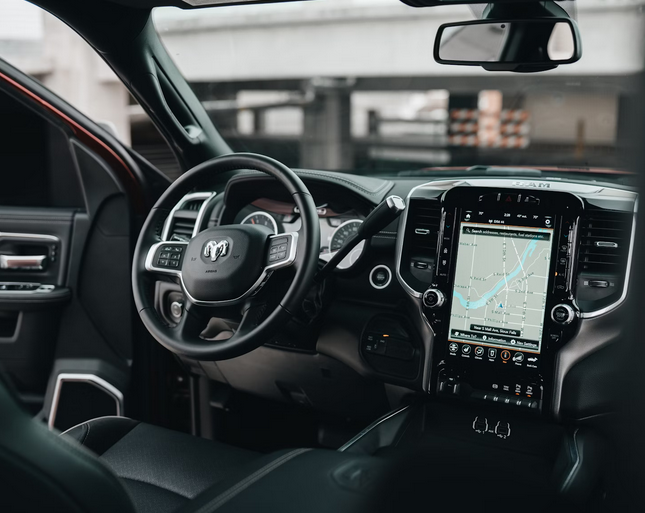
Tech giants like Waymo and Tesla are at the forefront of self-driving innovation. Waymo, a subsidiary of Alphabet, has made significant strides in developing autonomous ride-hailing services. Their vehicles navigate complex urban landscapes with remarkable precision. Tesla’s Autopilot feature showcases a different approach by integrating advanced driver-assistance systems into consumer cars. The company continuously updates its technology through over-the-air software improvements.
The Future of Self-Driving Cars: Predictions and Possibilities
The future of self-driving cars is a landscape filled with possibilities. Imagine urban areas where traffic congestion becomes a relic of the past, thanks to coordinated fleets of autonomous vehicles. We could see reduced accidents as AI systems process data faster than human reflexes can respond. Roads may become safer and more efficient, leading to fewer injuries and fatalities. Personal mobility might transform dramatically, with ridesharing becoming the norm rather than ownership. People will rely on networks of vehicles that arrive at their location autonomously.
The journey towards fully autonomous vehicles is both exciting and complex. The advancements in technology continue to reshape our understanding of what self-driving cars can achieve. As we progress, the benefits they bring, such as reduced traffic accidents and increased mobility for those unable to drive, cannot be overlooked. However, challenges remain.

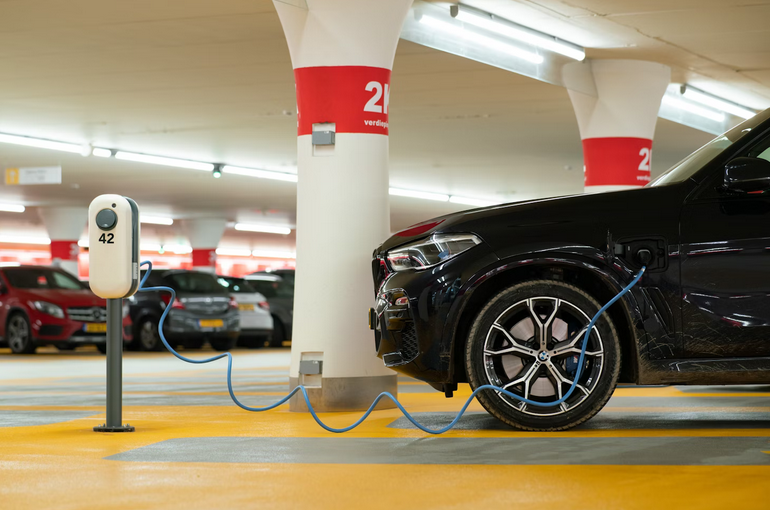
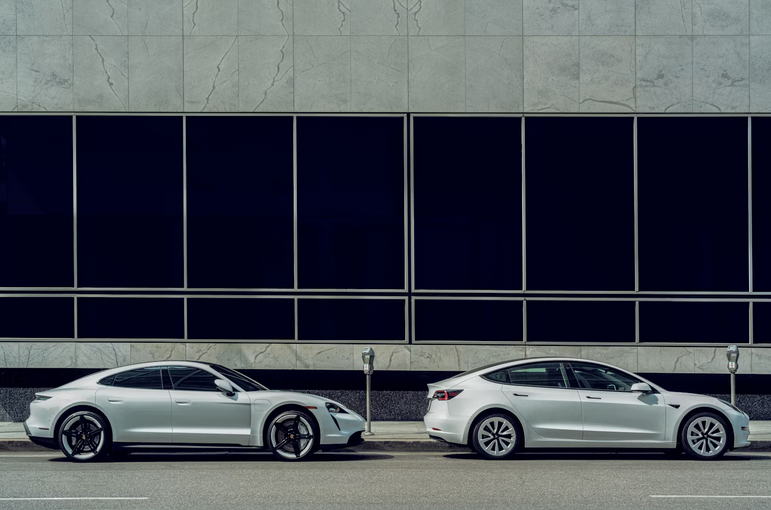

 What’s even better than getting a great truck for an affordable price? Having it hold its value so that the money you get back will be close to what you paid when you decide to sell. The Ram 1500 does just this by maintaining high resale values and delivering outstanding reliability throughout its lifetime.
What’s even better than getting a great truck for an affordable price? Having it hold its value so that the money you get back will be close to what you paid when you decide to sell. The Ram 1500 does just this by maintaining high resale values and delivering outstanding reliability throughout its lifetime.